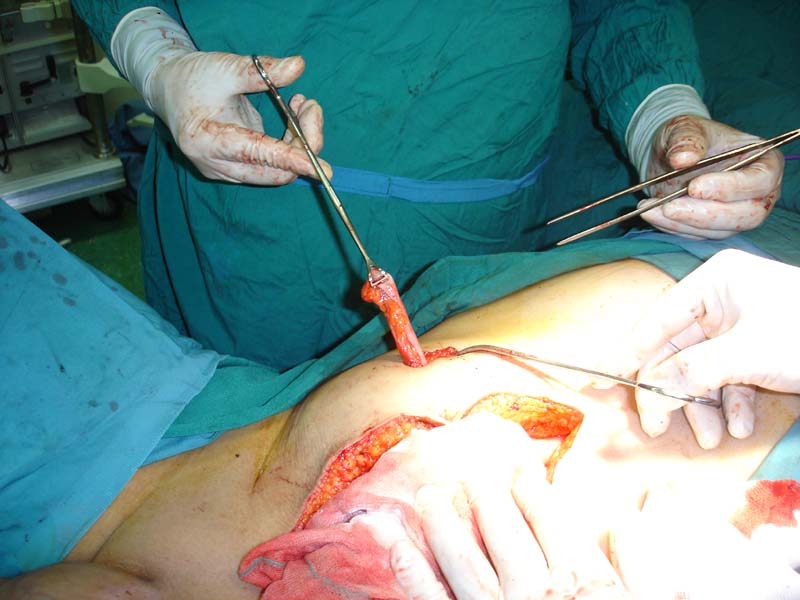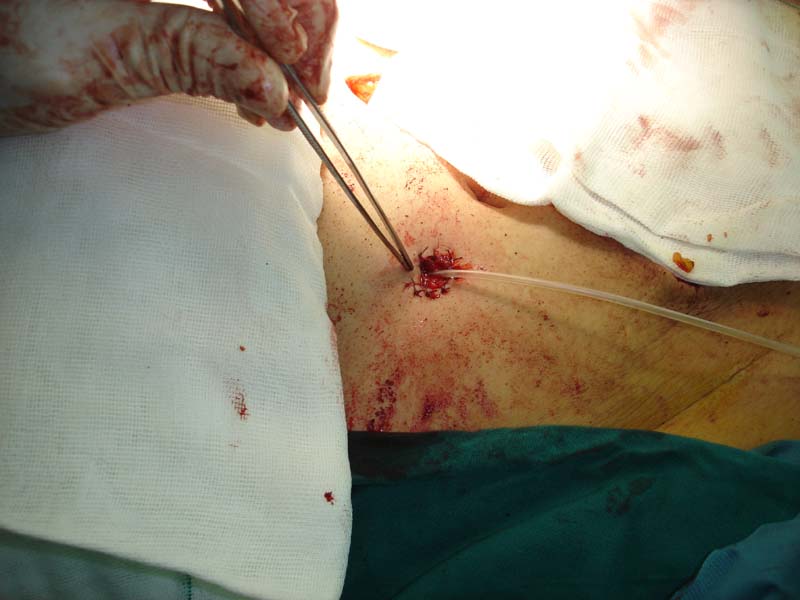

About Appendectomy
Copyright 2009-2014 Saviz Inc. All rights reserved.
Appendectomy is the surgical removal of the appendix.
This brochure will explain to you:
- Why you may need to have an appendectomy
- The ways in which an appendix is removed
- What to expect before and after the operation
Remember, no two people undergoing an appendectomy are alike. The reasons for and the outcome of any surgical procedure depend on your age, the severity of your problem, and your general health. This brochure is not intended to take the place of your surgeon's professional opinion. Rather, it is intended to help you begin to understand the basics of this surgical procedure. Read this information carefully. If you have questions after reading this material, discuss them openly and honestly with your surgeon.
What is the Appendix?
The appendix is a three- to six-inch long tube like structure that projects from the junction of the small and large intestines. No one knows what, if any, function the appendix has. However, once the appendix becomes infected or inflamed, it must be removed. The appendix may vary in its orientation to the small intestine and the cecum (the expandable pouch in which the large intestine begins and into which the ileum opens from one side). Such variation can account for confusing and atypical symptoms that can make diagnosis difficult.
What is appendicitis?
Obstruction of the appendix by fecal matter or some other cause can lead to an inflammation of the appendix called appendicitis. Appendicitis usually develops rapidly with little warning over a period of six to 12 hours. The usual symptom is abdominal pain, which begins as vague discomfort around the navel. Over the next several hours, the pain becomes much more severe and is localized to the lower right side of the abdomen. The abdomen may become rigid and very sensitive to pressure. Pain is typically accompanied by nausea, vomiting and a slight fever.
Who gets Appendicitis?
Approximately two-thirds of all people who experience appendicitis are women, and about two-thirds of all people who get appendicitis are between the ages of 15 and 44. However, this condition can affect any person, at any age.
Diagnosing Appendicitis
An appendectomy is almost always performed as emergency surgery. Therefore, a diagnosis of appendicitis is usually made swiftly and is based primarily on an analysis of your symptoms and a physical examination. If there is a question regarding the nature of your symptoms- or if the symptoms do not seem urgent-blood tests and an abdominal X ray may be done. Preparations include the usual admission tests, including: complete blood count, blood clotting tests, urinalysis, and chest X ray.
Preparing for surgery
Because you are arriving at the hospital as an emergency admission, you will be asked how long it has been since you last consumed food. The reason for this question is that a general anesthetic, which is usually given to the patient before an appendectomy is performed, can only be given on an empty stomach.
You will receive a preoperative sedative by injection to make you sleepy. Also, an intravenous (IV) needle will be inserted into the back of your hand or forearm for connection to an IV line in the operating room through which the general anesthetic will be administered.
The entire procedure usually takes about one hour.
The surgical procedure
Today, a surgeon can perform an appendectomy in one of two ways: through what is called an open operation or through the laparoscopic technique.
The open technique:
in this operation, the surgeon makes a short incision through the skin and underlying fat. The muscles of the wall are then separated, revealing the peritoneum, which is the lining of the abdominal cavity. The peritoneum is cut to reveal the cecum, the section of the large intestine to which the appendix is attached. After the small intestine has been moved aside, the appendix is carefully freed from the surrounding structures. Blood vessels around the site are tied off.
At this point, the appendix is tied off and severed. The appendix is then sent to the pathology laboratory for examination. The stump of the appendix is positioned into the cecum. Finally, the peritoneum, the muscle wall, and the skin incision are closed. Closure of the skin is done either with sutures or tiny staples.
The laparoscopic technique:
a laparoscope is used to view the inside of the abdominal cavity while the surgeon removes the appendix. A laparoscope is a long metal tube with a lens on which a TV camera is attached. The surgeon can then perform the appendectomy directly from the TV monitor. Surgical instruments called cannulas are inserted into other small openings and used to remove the appendix.
Laparoscopic appendectomy is a safe alternative to the open technique. Presently, there seems to be no difference between the two techniques in terms of hospital costs, length of the patient's hospital stay, or infection rate. It may, however, let patients resume normal activity more quickly than the open technique permits. This method is not for every patient, and it is up to you and your surgeon to decide whether it is right for you.
Regardless of the type procedure you undergo, minimal postoperative discomfort is likely to occur after an appendectomy. You will be given oral medication for any discomfort you may experience.
Recovery from the operation
You will remain in the recovery room for about one hour after your appendectomy. If you had an open appendectomy, you will be up and walking within six hours. Expect to be discharged from the hospital-barring complications- in one to two days.
If you have a laparoscopy, you will most likely be discharged on the day of your operation.
Your doctor may instruct you to refrain from jogging and lifting heavy objects for one to several weeks, depending on the type and complexity of your operation.
What about complications?
Complications are rare following an appendectomy however, if the appendix ruptures before surgery, peritonitis, a potentially life-threatening infection of the abdominal cavity, may occur. Treatment then will include intravenous administration of antibiotics to control the infection. Some patients, who are suspected to have appendicitis, even though they have no symptoms, may undergo an appendectomy to ensure that rupture of the appendix and other complications are avoided.
Will I have a scar?
You will have a short scar at the location of the incision. Typically, the scar is placed in a natural fold just above the groin and is very inconspicuous.
.jpg)
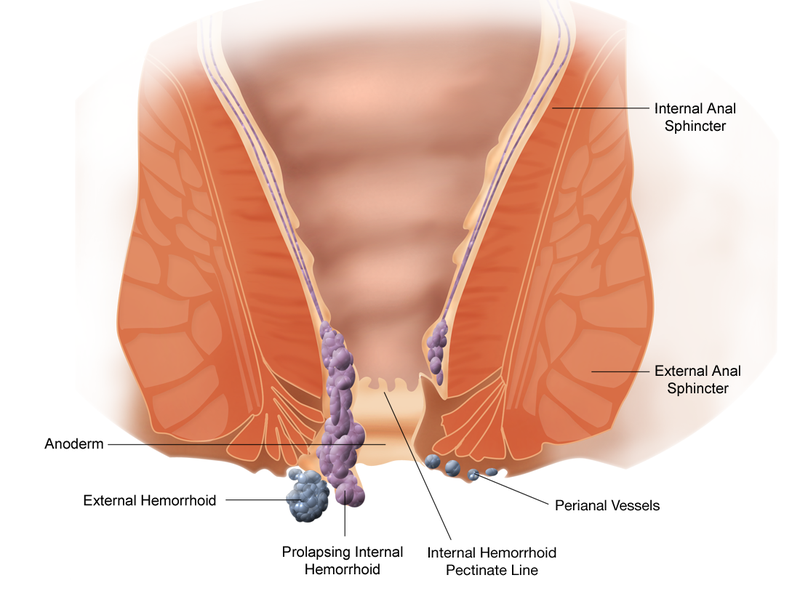


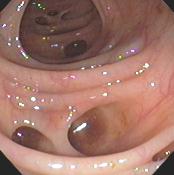
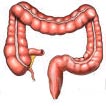
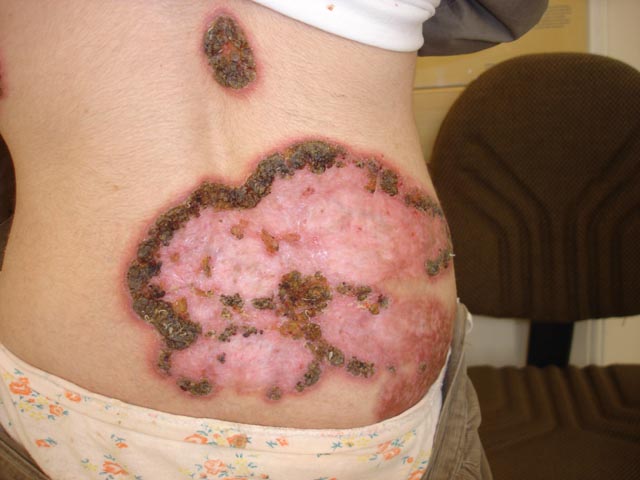
.jpg)
